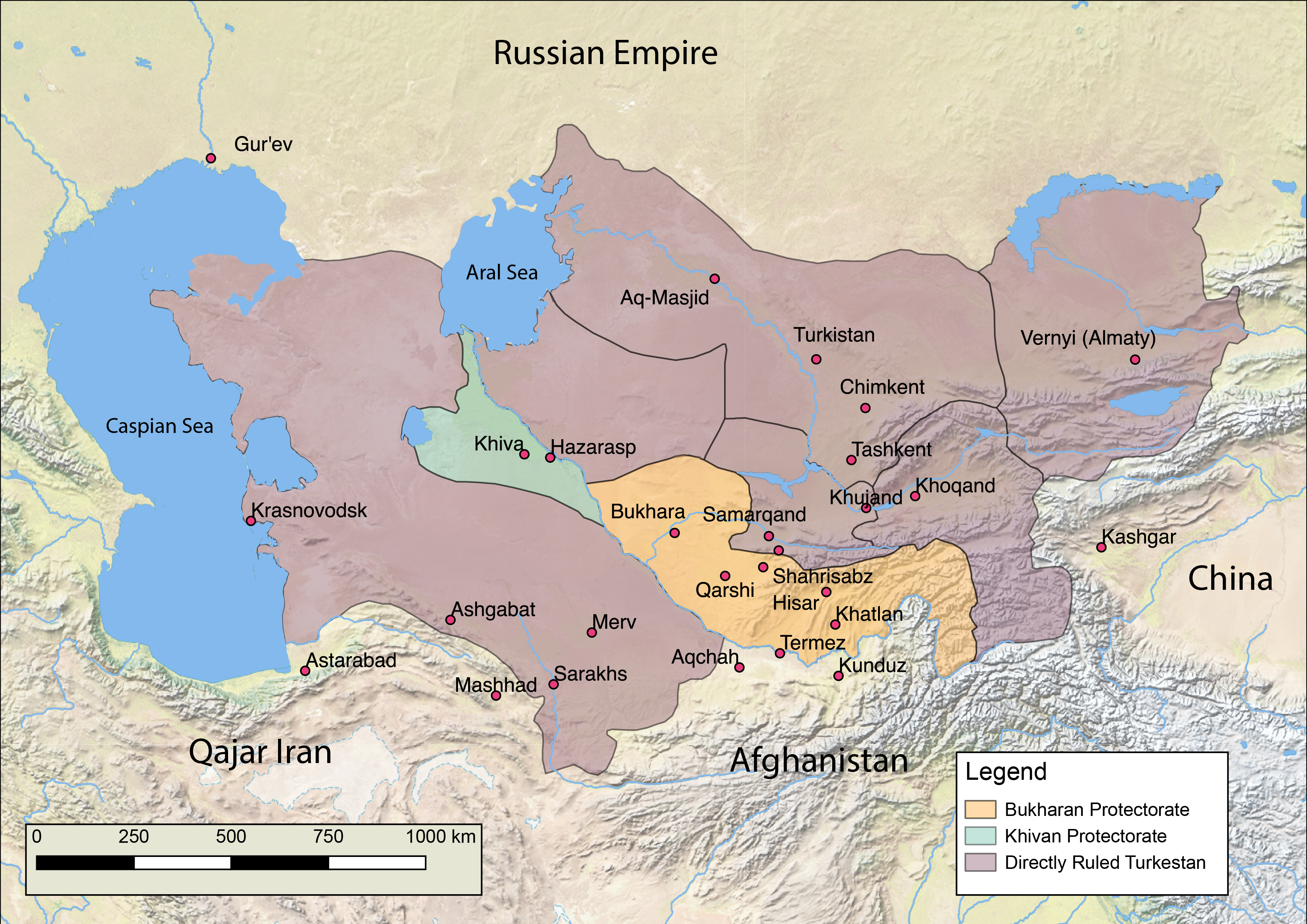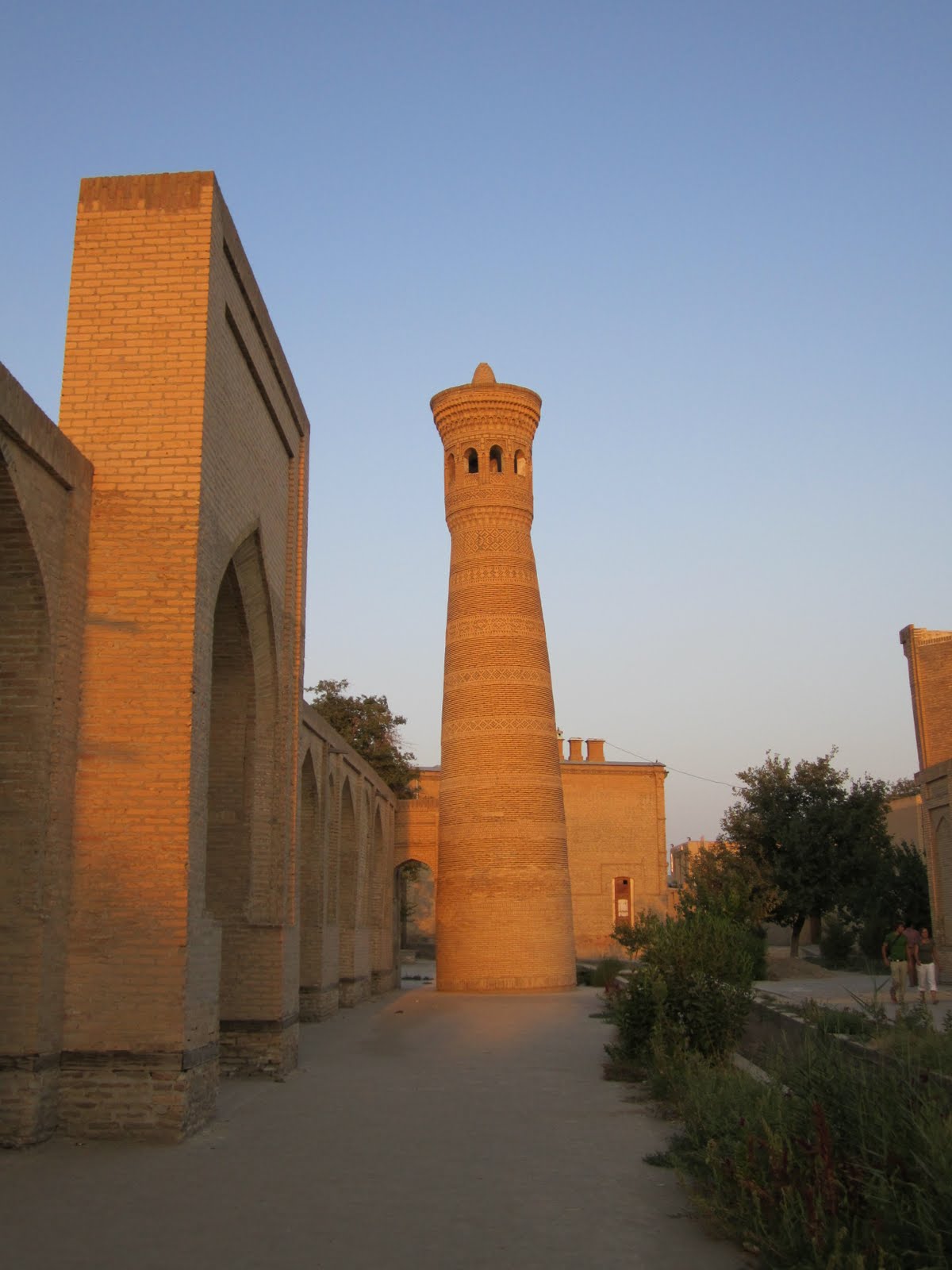About the Project
Contents
The Premise
The Place
But in Gulshani's time, Bukhara was the name of both a major city and a protectorate of the Russian Empire, a status it had held since the conquest of 1868.


The city of Bukhara was an ancient cultural center of Central Asia, boasting hundreds of madrasas (Islamic colleges), mosques, and Sufi lodges. Gulshani's account deepens our understanding of the cultural, religious, and economic landscape of the protectorate as a whole.
The Text
Gulshani's Persian-langauge text (which has never been translated) details the cultural, economic, and political landscape of Bukhara. The work is titled Tārīkh-i Humāyūn ("The Auspicious History"). The text is 133 folios long; the sole known manuscript (catalog no. 2968) is housed in Institute of Language, Literature, Oriental and Written Heritage of Tajikistan (in Dushanbe). A Tajik (i.e. in Cyrillic script, titled Таърихи Ҳумоюн) edition of this work was published in Dushanbe in 2006 by Jurabek Nazriev in a relatively low print-run (500 copies).
This may be the only gazetteer-type geographical text ever written about the Bukharan emirate-cum-protectorate in Persian manuscript form. Geographical works are a known genre in Islamicate writing more generally; there was a boom in Arabic geographical writing in the middle ages (e.g. Yaqut al-Hamawi). And there is no shortage of Russian-language travelogues (and indeed, Gulshani himself incorporated some of that material, referencing Baron von Meyendorff's 1820 expedition). But the genre virtually unkown in early modern Central Asia, and therefore represents a unique combination of colonial-influenced genre and local knowledge.
The text begins in the city of Bukhara itself, moves to the suburbs, and then radiates outward into the provinces, ending with the mountainous hinterland now located in Tajikistan. Gulshani's interests are broad, ranging from local cultural lore and religious arcana to economic production and ethnographic makeup. Oftentimes summary statistics are glossed in the margins with red ink.
